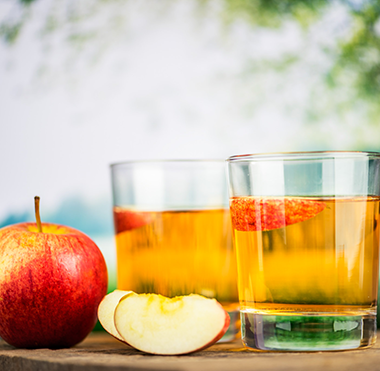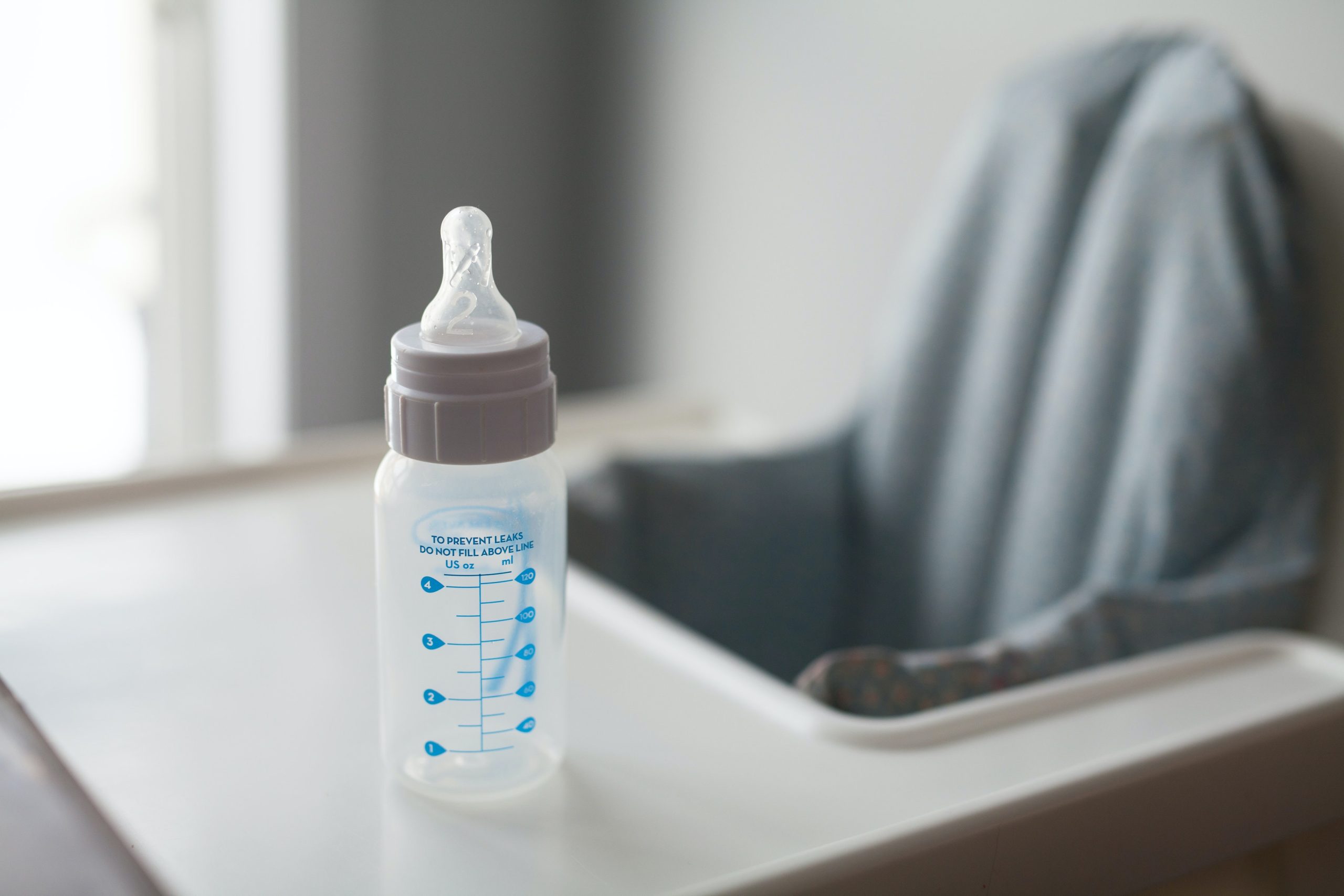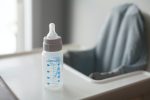James “Jim” Jones will serve as the FDA’s first Deputy Commissioner for Human Foods. Per the FDA’s announcement, Jones, in this new executive position will lead the charge in setting and advancing priorities for a proposed unified Human Foods Program (HFP). Program areas would include food safety, chemical safety and innovative food products, including those from new agricultural technologies, that will bolster the resilience of the U.S. food supply in the face of climate change and globalization, as well as nutrition to help reduce diet-related diseases and improve health equity. Jones is scheduled to begin at the FDA on September 24, 2023.
For more than 30 years, Jones has held various positions in the U.S. Environmental Protection Agency (EPA), stakeholder community and private industry where he has managed teams and provided strategic planning and thought leadership around issues related to chemical safety and sustainability in the environment. His work has focused on lessening the impact that chemicals and pollution have on the U.S. food supply. At the EPA, he was a principal architect of the 2016 overhaul of the Toxic Substances Control Act, the first update of that statute in more than 40 years. He was also responsible for decision-making related to the regulation of pesticides and commercial chemicals. He also led several national sustainability programs, including the EPA’s Environmental Preferable Purchasing Program and the Presidential Green Chemistry Awards Challenge. He is a seasoned leader whose experience managing change initiatives within the federal government will be invaluable as we continue to build a unified HFP.
“I’m delighted to welcome Jim to the FDA. His impressive career, extensive leadership experience, and passionate vision for the future of the Human Foods Program make him an ideal selection for this pivotal position,” said FDA Commissioner Robert M. Califf, M.D. “Our proposed reorganization is the largest undertaking of its kind in recent history for our agency. I’m confident that under Jim’s leadership, we will build a stronger organization that will be integrated with other components of the FDA and focused on keeping the foods we regulate safe and nutritious, while ensuring the agency remains on the cutting edge of the latest advancements in food science and nutrition. I’m looking forward to working with him when he joins us next month.”
Jones was an integral member of the Reagan-Udall Foundation’s Independent Expert Panel for Foods, which submitted a report in December 2022 on the operational evaluation of the FDA’s Human Foods Program. He holds a master’s degree in economics from the University of California at Santa Barbara and a bachelor’s degree in economics from the University of Maryland.
“Jim is among the most public-spirited and able government leaders I know. I cannot think of a better choice for this crucial role. In his 20 years in leadership positions at EPA, Jim demonstrated know-how to lead complex, science-based regulatory programs in a visionary and inclusive way. Jim knows food safety and the food system from his leadership of EPA’s pesticide program, and he knows the food safety and nutrition challenges FDA faces through his service on the Reagan-Udall Foundation Expert Panel,” said Mike Taylor, board member emeritus of STOP Foodborne Illness and former FDA Deputy Commissioner for Foods and Veterinary Medicine.
In the role of Deputy Commissioner for Human Foods, Jones will report directly to the FDA Commissioner. He will exercise decision-making authority over all HFP entities when the reorganization is in effect, including related Office of Regulatory Affairs (ORA) activities. He will provide executive leadership over the entire program as well as over resource allocation, risk-prioritization strategy, policy, and major response activities involving human foods. The leadership for Center for Food Safety and Applied Nutrition and Office of Food Policy and Response will report to Jones until the proposed HFP reorganization is implemented.
“I am very excited about the opportunity to serve as the first Deputy Commissioner for Human Foods at the FDA. I had the pleasure of serving on the expert panel that provided operational recommendations for the FDA’s foods-related activities, and I now look forward to helping the agency realize its vision for the proposed Human Foods Program, including carrying out important nutrition initiatives to improve the health of our country,” said Jones. “As a former pesticide regulator, I have a deep understanding of the unique needs of government programs involved in upholding safety of the U.S. food supply, as well as the important role that the agriculture community and state partners play in this paradigm. I am honored to serve the FDA and the country in this new capacity.”






















